Pima Air & Space Museum
Introduction
Text-to-speech Audio
Images
The Pima Air & Space Museum opened in 1976. Numerous military and aerospace aircraft are on display.
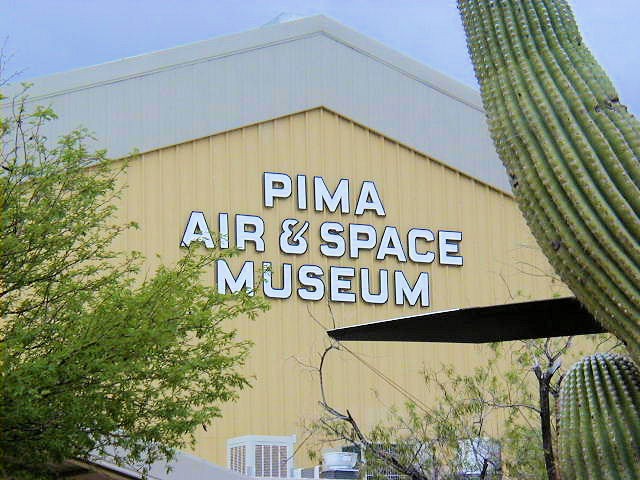
Kaman HOK-1 Huskie helicopter
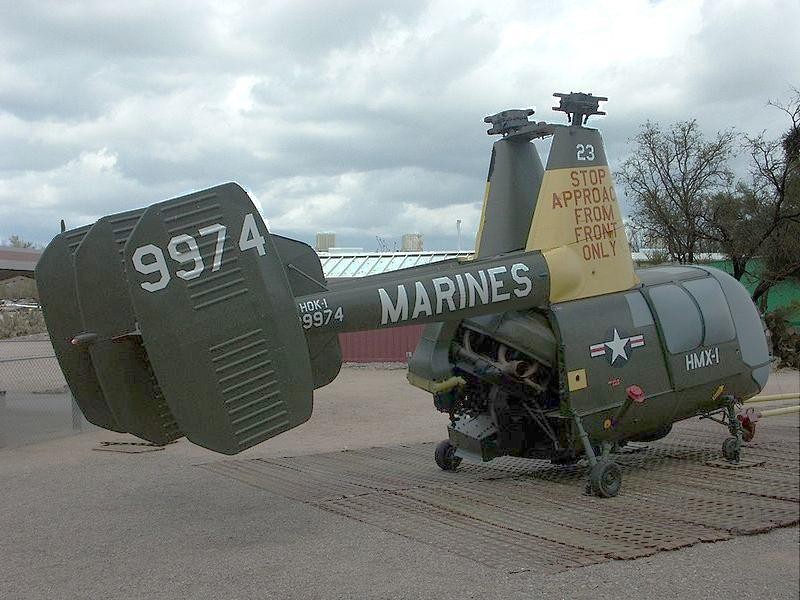
B61 nuclear bomb (training model)
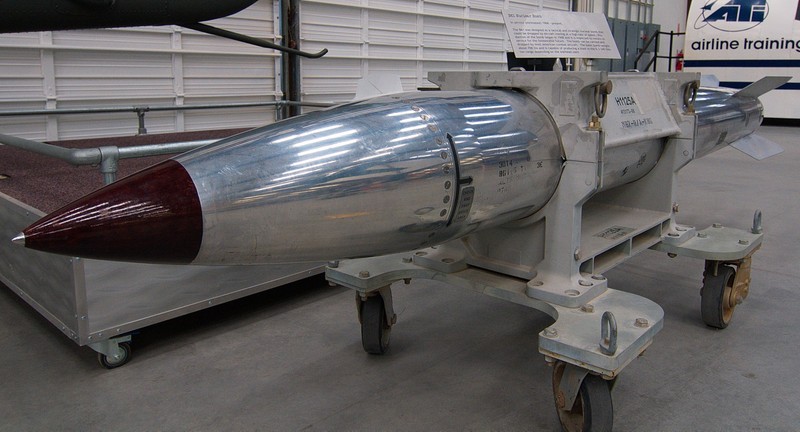
Boeing_B-29_Superfortress
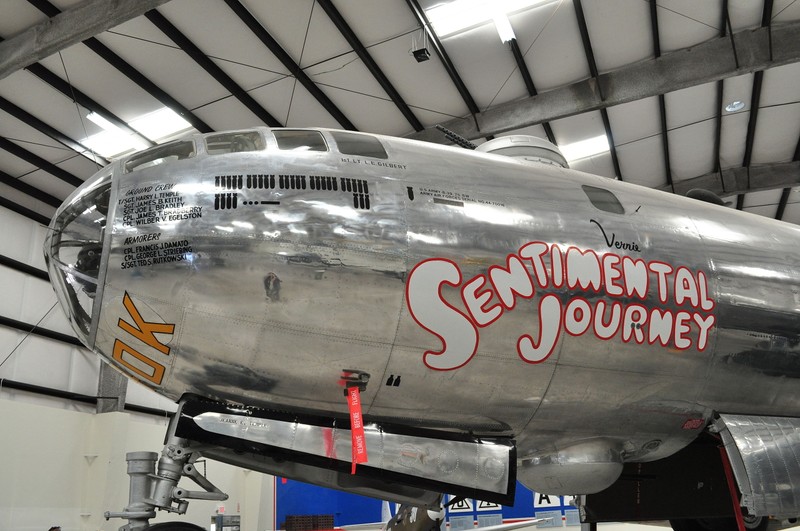
Nose art on a Boeing B52

Clerget 9B Rotary Engine
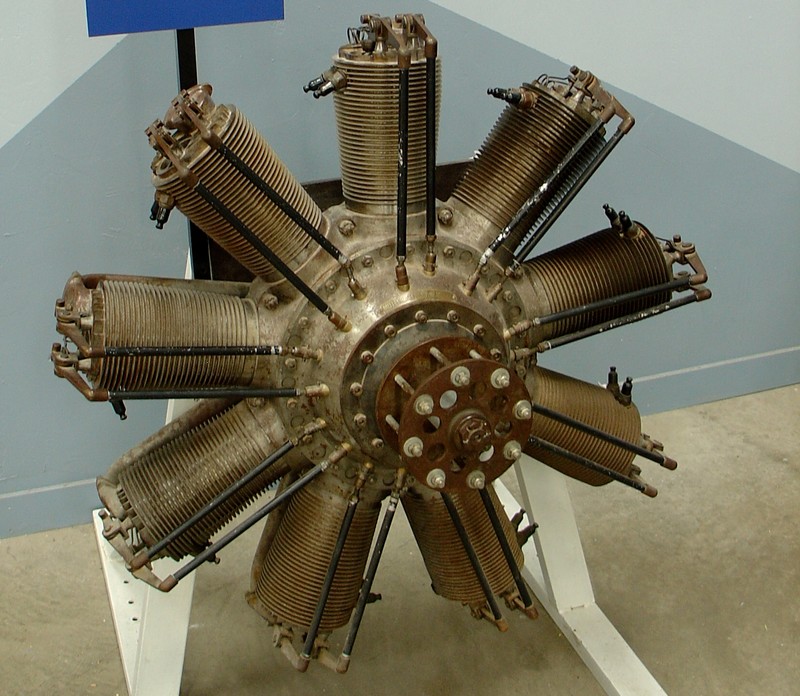
Waco RNF Biplane
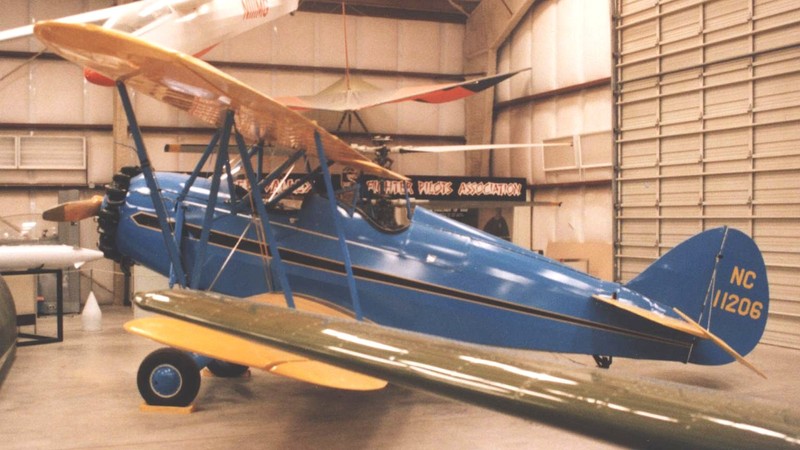
Aircraft located in Hangars (Map)
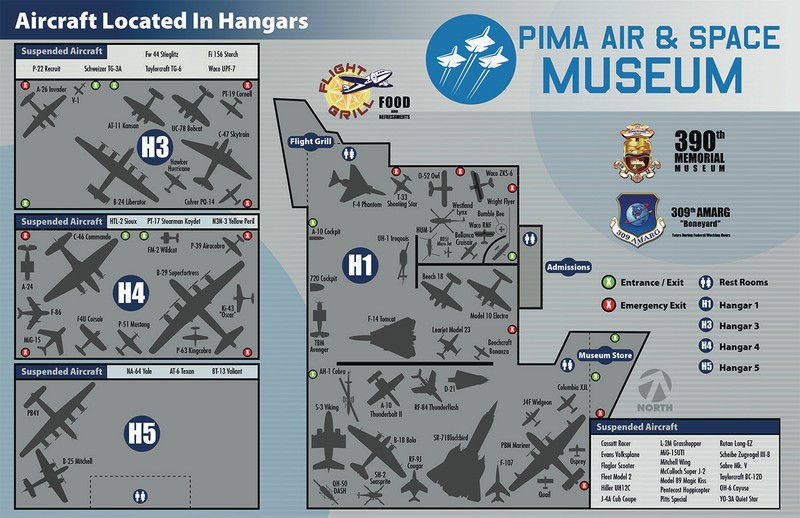
Aircraft located on the grounds (Map)
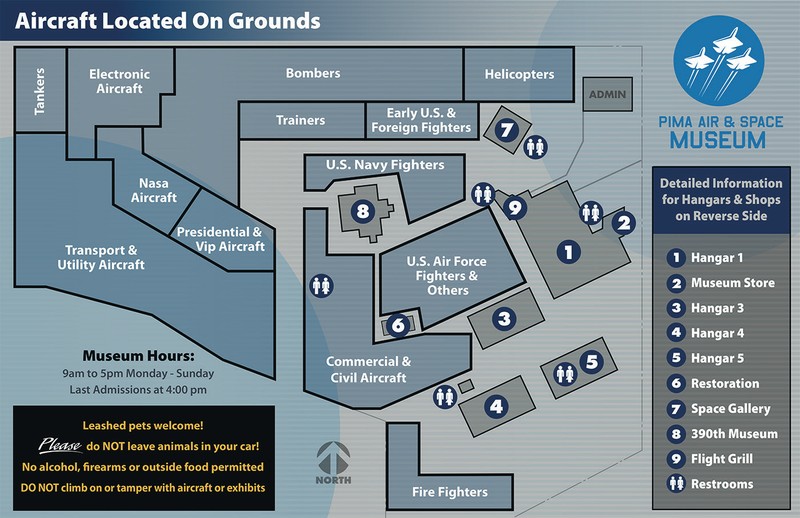
Backstory and Context
Text-to-speech Audio
In 1966, Colonel I. R. Perkin, the commander of the Military Aircraft Storage and Disposition Center (MASDC), the forerunner to today’s Aircraft Maintenance and Regeneration Group (AMARG), joined with members of the Tucson chapter of the Air Force Association to found the Tucson Air Museum Foundation of Pima County who’s goal was to create a publicly accessible museum based around the aircraft already collected on the base. The Foundation received the enthusiastic backing of the Pima County Board of Supervisors and the County Department of Parks and Recreation. With the support of the County government, the search for a site for the museum soon settled on a 320-acre plot of Federal Bureau of Land Management land just south of Davis-Monthan AFB. The Foundation raised the purchase price of $800 and donated the money to the county for the purchase.
On Sep. 11, 1968 United States Representative Morris K. Udall presented the land to Pima County on behalf of the BLM. Before the aircraft set aside for the museum could be moved to the new site the area had to be prepared to meet the requirements of the United States Air Force Museum. The county authorized the fencing and lighting of approximately 30 acres of the new park for the initial museum site. For the next several years the Foundation set about raising the money needed to make the site ready.
Opened to the public in May 1976 with 48 aircraft then on display, the Museum's main hangar houses an SR-71A Blackbird, a A-10 Warthog, a United States Air Force Through the Years exhibit, and a mock-up of a control tower.
The museum is adjacent to Davis-Monthan Air Force Base. The 309th Aerospace Maintenance and Regeneration Group (AMARG), affiliated with the base, also known as the "Graveyard of Planes" or "The Boneyard," is the largest aircraft storage and preservation facility in the world. Bus tours of the boneyard leave from the museum several times a day from Monday to Friday, except Federal holidays.
The nearby Titan Missile Museum is located about 20 miles south of Tucson in Green Valley off of Interstate 19 and features aTitan II intercontinental ballistic missile still in its silo. Tours of the above-ground and underground installations around the missile are conducted daily. More extensive "top to bottom" tours take up to five hours and are conducted several times each month. Reservations required for top to bottom tour.
Both museums are overseen by the Arizona Aerospace Foundation and are governed by the Board of Trustees. They are both non-profit 501 (c) 3 organizations.
